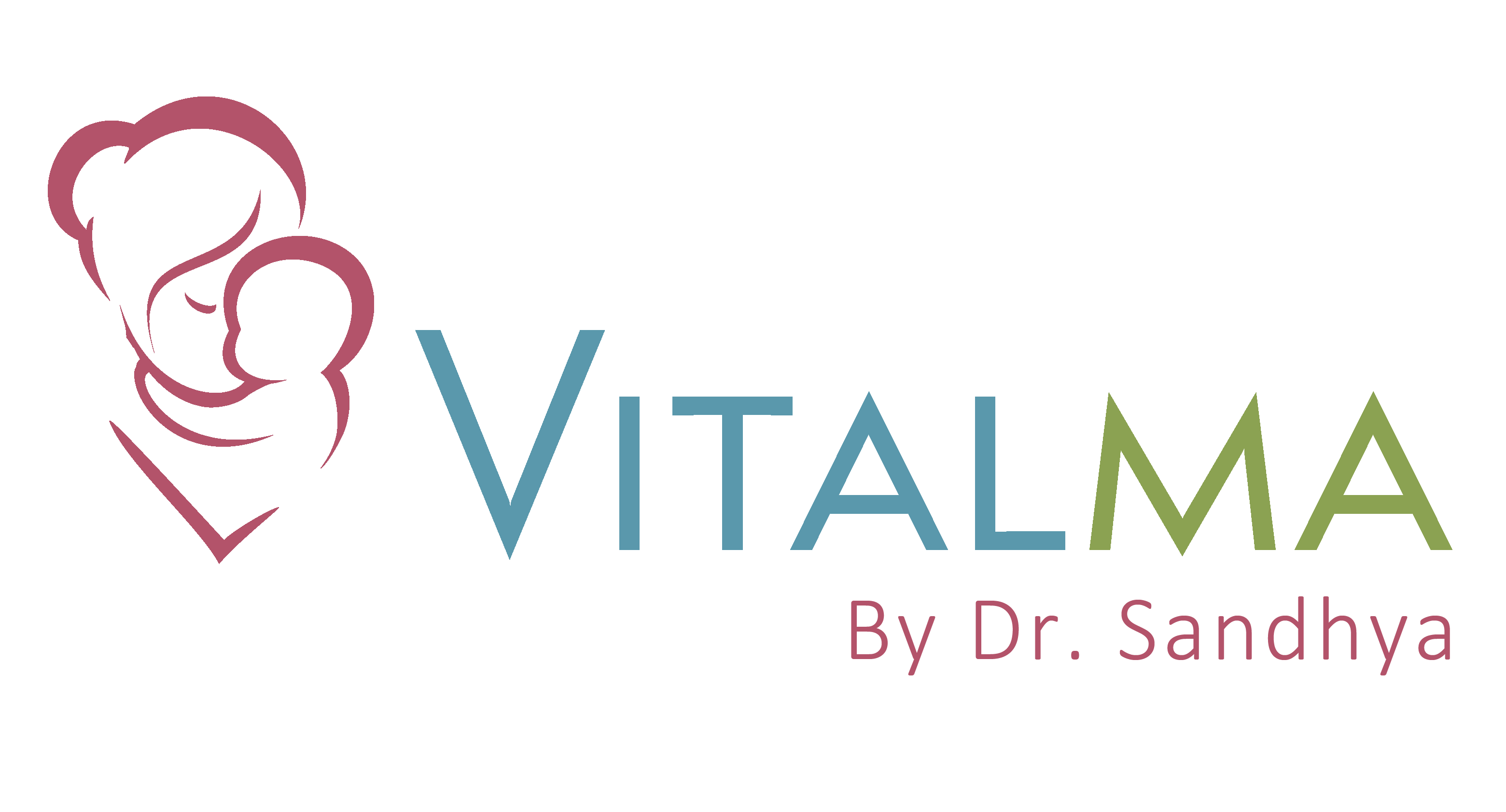By Siyona Varghese
Household chemicals and toxins are found in almost every home, from cleaning products to personal care items. While they are essential for maintaining hygiene and convenience, many of these substances pose serious health risks, particularly to young children and pets. Understanding the hidden dangers of these everyday products and taking steps to minimize exposure can help create a safer living environment.
Common Household Chemicals and Their Risks
Cleaning Products
- Bleach, ammonia, and disinfectants contain harsh chemicals that can cause respiratory issues, skin irritation, and accidental poisoning.
- Mixing certain cleaning agents, such as bleach and ammonia, can produce toxic gases that are dangerous to inhale.
Pesticides and Insecticides
- Used to eliminate pests, these chemicals can be harmful if ingested or absorbed through the skin.
- Long-term exposure may lead to neurological and developmental issues.
Air Fresheners and Fragrances
- Many air fresheners contain volatile organic compounds (VOCs) that contribute to indoor air pollution.
- Synthetic fragrances may trigger allergies, asthma, and other respiratory problems.
Personal Care Products
- Shampoos, lotions, and cosmetics often contain parabens, phthalates, and formaldehyde-releasing preservatives.
- These chemicals can disrupt hormonal balance and have been linked to reproductive issues.
Plastics and Food Containers
- Plastic products, especially those containing BPA and phthalates, can leach harmful chemicals into food and beverages.
- Prolonged exposure has been associated with endocrine disruption and metabolic disorders.
Paints, Solvents, and Adhesives
- Many paints and adhesives contain lead, formaldehyde, and other toxic substances.
- Inhalation or ingestion of these chemicals can result in developmental delays and organ damage.
Reducing Exposure to Household Toxins
Choose Non-Toxic and Natural Alternatives
- Opt for eco-friendly cleaning products that use plant-based ingredients.
- Use vinegar, baking soda, and lemon juice as natural cleaning solutions.
Proper Storage and Labeling
- Keep all household chemicals out of reach of children and pets.
- Store products in their original containers with clear labels to prevent accidental ingestion.
Improve Indoor Air Quality
- Open windows regularly to ventilate the home and reduce airborne toxins.
- Use air purifying plants, such as spider plants and peace lilies, to absorb indoor pollutants.
Limit Use of Plastics
- Avoid heating food in plastic containers, as heat can release harmful chemicals.
- Choose glass or stainless-steel containers for food storage.
Read Labels and Research Ingredients
- Look for certifications such as “fragrance-free,” “BPA-free,” and “paraben-free.”
- Research unfamiliar ingredients to ensure they are safe for household use.
Emergency Preparedness for Chemical Exposure
- Have the poison control hotline number readily available.
- In case of accidental ingestion or exposure, rinse affected areas with water and seek medical attention.
- Store a first aid kit with activated charcoal and saline solution for emergency use.
Conclusion
While household chemicals and toxins are unavoidable in modern life, awareness and proactive measures can significantly reduce health risks. By making informed choices and adopting safer alternatives, families can create a healthier home environment free from hidden dangers.
References

